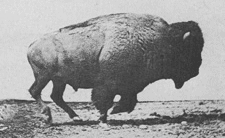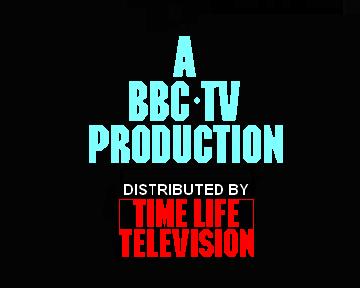THE WORKS OF TINTO BRASS
Untitled thriller
(1971)
After the bannings of
Ça ira,
Chi lavora è perduto,
NEROSUBIANCO, and
L’urlo;
and after the feuding over Yankee;
and after the box-office failures of
Dropout and
La vacanza, Brass
seemed to have a difficult time getting projects off
the ground. The only reference I have found to this
particular project was in Variety (1 September
1971, p. 29):
|
TINTO BRASS — Withdrew
“The Shriek” from film-author
program at Cannes last year and sent it to
Berlin instead. Brass was in England filming
“Dropout” as producer-director. He
rolled another, “Vacation,”
entirely on location along Adriatic Coast.
To recover from financial stress of
improvised filmmaking in the past two years,
Brass goes commercial next month to film an
untitled thriller.
|
He finally did make a commercial
thriller in 1988, but it probably had nothing at all
to do with this one.
INTERLUDE
After so many financial failures and
so many vocal objections to his films from so many
quarters, I’m amazed that Brass didn’t quit.
If I had been in his shoes, I would have concluded
that my movies hadn’t really been good after all,
and I would have pursued another career. For some
reason, though, Brass kept going, and he was right to have done
so. He explained his compulsion, which he credited to
his peculiar personal metabolism, to Nerio Minuzzo in
L’Europeo (9 November 1967): “All
this talk about cinematic æsthetics, I don’t
understand it at all. My only problem is
filming. If I go six months without putting my eye on
a viewfinder I go mad.” But the question
still arises: How was he able to keep going?
His family were apparently well to do, and that
probably helped, even if he was disinherited.
And to top that off, his wife’s family are, as
far as I can guess, wealthy. Brass’s wife, Carla
Cipriani, who is known as Tinta, was an integral part
of her family’s famous Locanda Cipriani in
Venice, a luxury restaurant — which serves as a
location for some of Brass’s films.
Tinto Brass wrote a lovely love
letter to his wife on an earlier version of that first
web site, but it has since disappeared. Oh well.
And a relative’s establishment,
Harry’s
Bar, was once upon a time the favorite
hangout of numerous celebrities, Ernest Hemingway
among them.
With such a background, moviemaking
might not be easy, but it’s certainly not
impossible. If you can afford it and if
you’re having fun, why not continue — and damn
the rest of the world, right?
[A bitter legal family battle a
few years ago resulted in the owner of
Harry’s Bar getting the exclusive right to use
the Cipriani name for olive oil and condiments.
Carla Cipriani should simply have adopted the name
“Tinta” for her line of products.]
|

